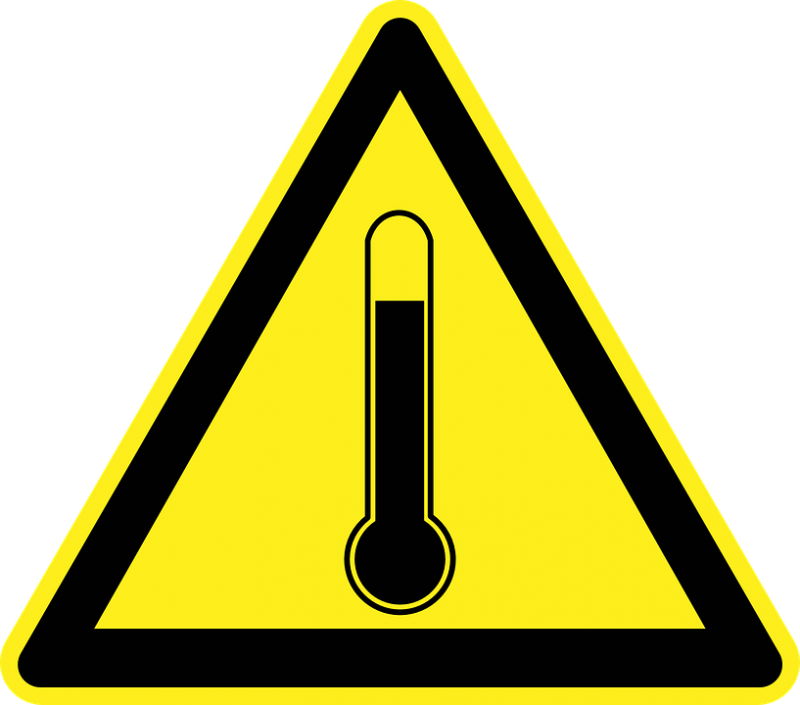I’ve little doubt that you’re carrying out monitoring of your engine performance, but how effective is that monitoring at giving the information you really need?
I ask because we’ve just come back from the investigation of an engine failure, and one of our recommendations is to improve the way they collect this type of information.
The original investigation was around the cause of broken pushrods, and subsequent damage to the engine.
During the review of the engine and current running procedures, it was brought to light that the exhaust temperatures were being recorded by a hand-held thermometer, similar to this:

The problem was that this failed engine has water-cooled exhausts, so the reading being taken was completely false and not representative of the actual exhaust gases.
The better option was to use the exhaust pyrometers already installed in the manifolds and wiring them into the gauge panels. Even if the pyrometers were not fitted, or gauge panel not operational, we could have rectified this as we have done for other installations – details on this can be found here.
This isn’t to say the correct monitoring of the exhaust temperatures would have prevented the initial failure, but it would have certainly saved the amount of downtime and repair bill by being able to take action earlier.


